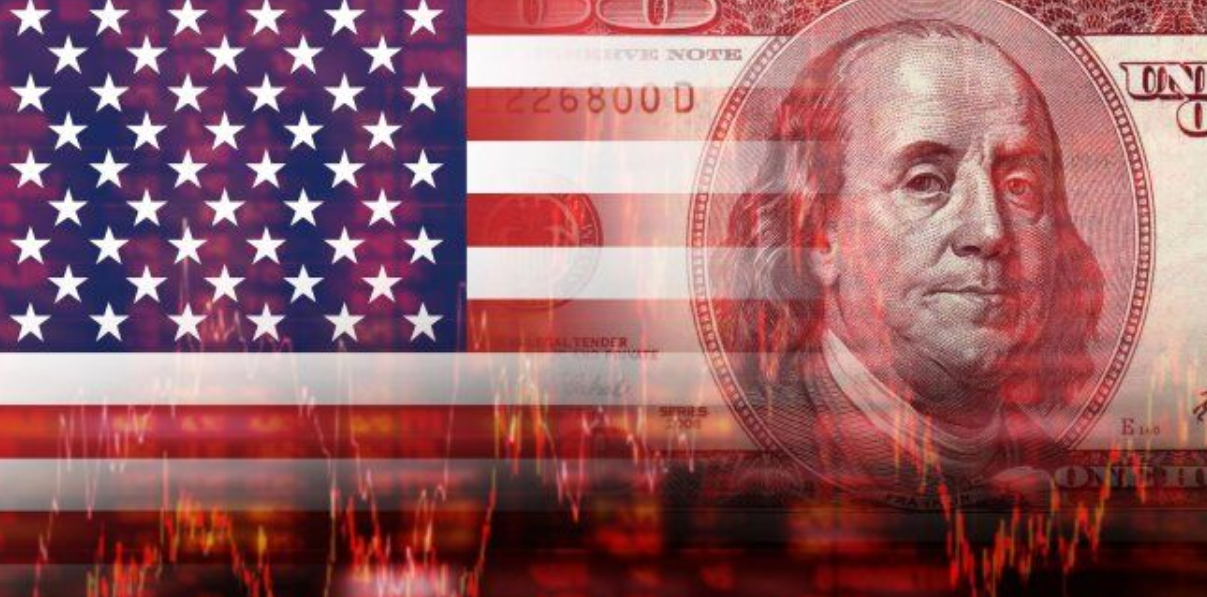Mexico’s statistics agency INEGI reported that inflation unexpectedly accelerated to 3.96% in the first half of April.Ignacio Teson•Thursday, April 2

Quick overview
- The Mexican peso strengthened against the U.S. dollar, closing at 19.5809 pesos per dollar, a gain of 0.35%.
- Market sentiment is influenced by ongoing U.S.-China trade tensions, with mixed signals regarding tariff negotiations.
- U.S. economic data showed a rise in jobless claims and stronger-than-expected durable goods orders, creating uncertainty about economic health.
- Investors are awaiting Mexico’s Q1 GDP data, with concerns that disappointing figures could reverse the peso’s recent gains.
The Mexican peso strengthened modestly against the U.S. dollar on Thursday, supported by a weaker greenback as markets remained focused on developments in the ongoing U.S.-China trade dispute.

The exchange rate closed at 19.5809 pesos per dollar, gaining 6.93 centavos—or 0.35%—from Wednesday’s official close of 19.6502, according to data from the Bank of Mexico (Banxico). During the session, the dollar traded within a range of 19.5611 to 19.6407 pesos.
USD/MXN
The U.S. Dollar Index (DXY), which measures the dollar’s value against a basket of six major currencies, slipped 0.62% to 99.29, providing additional support for the peso.
Trade Tensions in Focus
Market sentiment remained sensitive to trade headlines. After the U.S. administration raised hopes of potential tariff reductions on Chinese goods, Treasury Secretary Scott Bessent clarified that there would be no unilateral moves to lower tariffs.
In response, Chinese Ministry of Commerce spokesperson He Yadong dismissed claims of progress, stating all reports of bilateral advances should be disregarded. China reiterated that the U.S. must remove all unilateral tariffs as a precondition for further negotiations.
President Donald Trump countered these statements on Thursday, asserting that trade talks had, in fact, taken place earlier in the day.
Economic Data in the Spotlight
Investors also digested a fresh batch of U.S. economic data. Weekly jobless claims rose as expected, while durable goods orders for March exceeded forecasts, offering mixed signals about the health of the economy.
Locally, Mexico’s statistics agency INEGI reported that inflation unexpectedly accelerated to 3.96% in the first half of April. However, inflation remains within the central bank’s target range, keeping expectations intact for further interest rate cuts from Banxico.
The peso extended its weekly gains, moving in a narrow band amid limited trade-related developments. Investors are closely watching Mexico’s economic indicators, particularly in light of recent inflation data.
Eyes on GDP Figures
President Claudia Sheinbaum dismissed speculation that Mexico entered a technical recession in the first quarter, as suggested by analysts from firms like Citi. INEGI is set to release Q1 GDP data next week.
The peso has continued to appreciate after trading above 21 per dollar earlier this month. While it’s unclear whether the currency will maintain this trend, analysts note that any significant downside surprise in GDP figures could prompt a rebound in the exchange rate, possibly pushing it back toward the high 19s or even 20 pesos per dollar.
Related Articles
www.fxleaders.com
